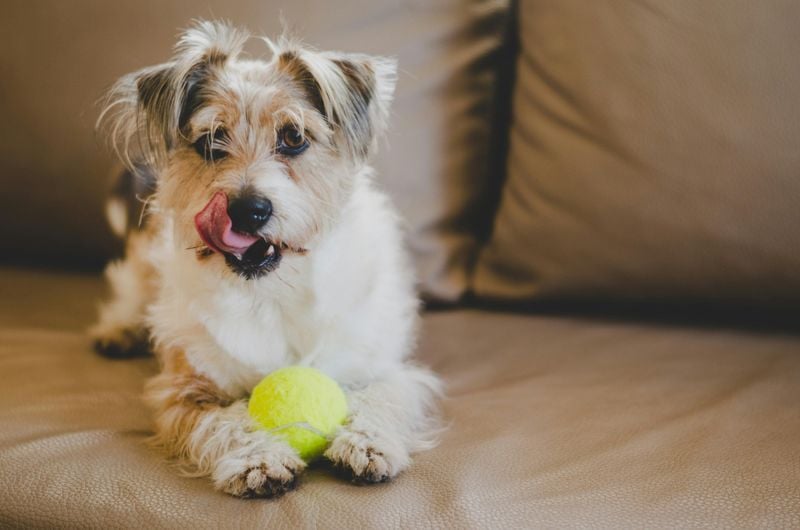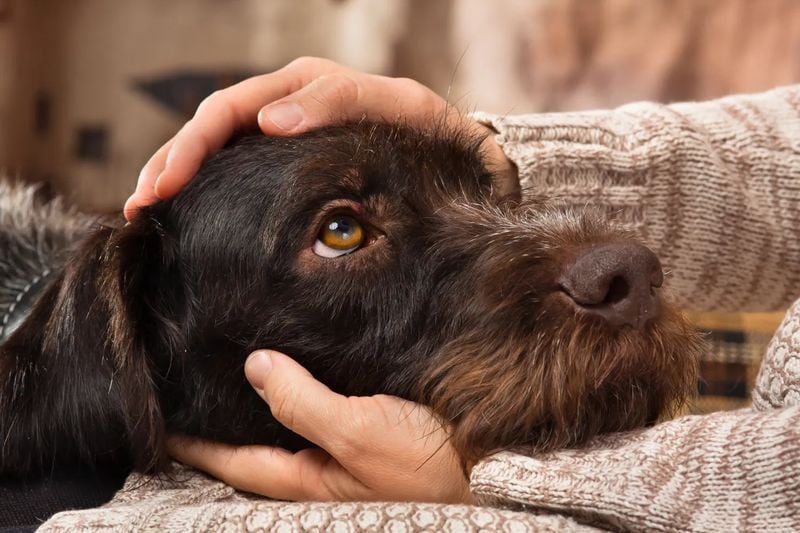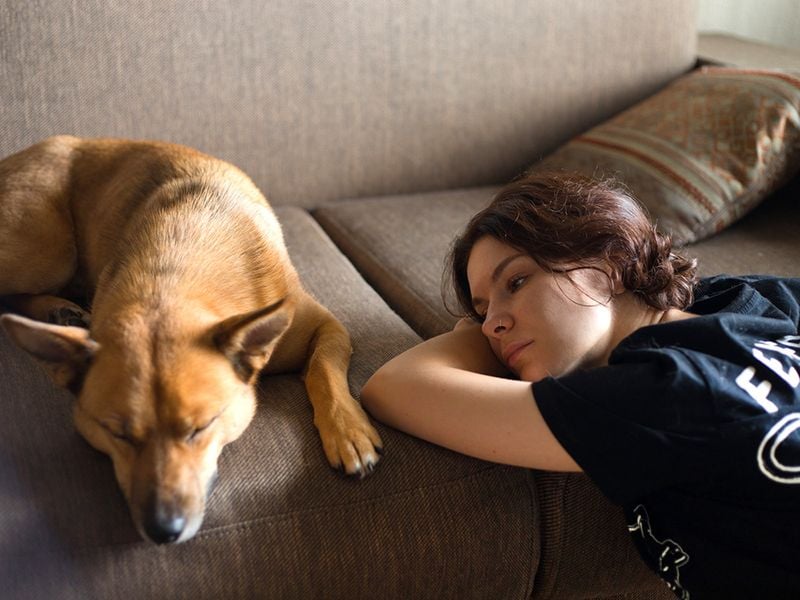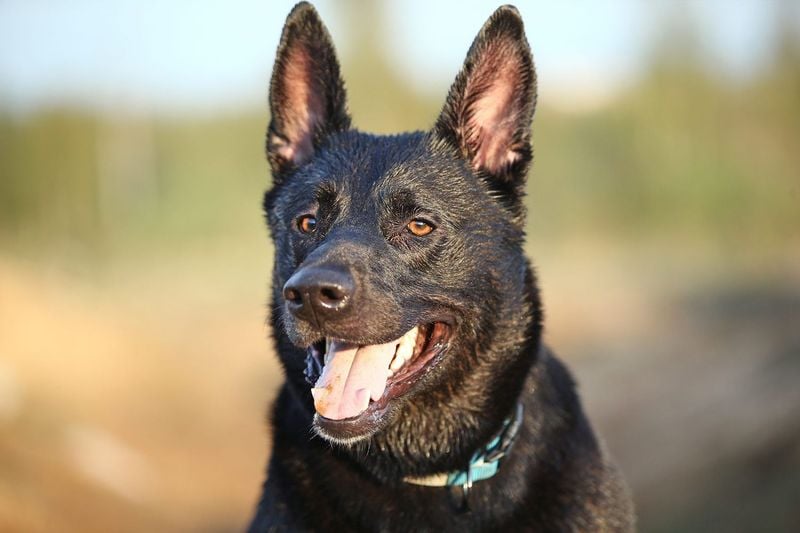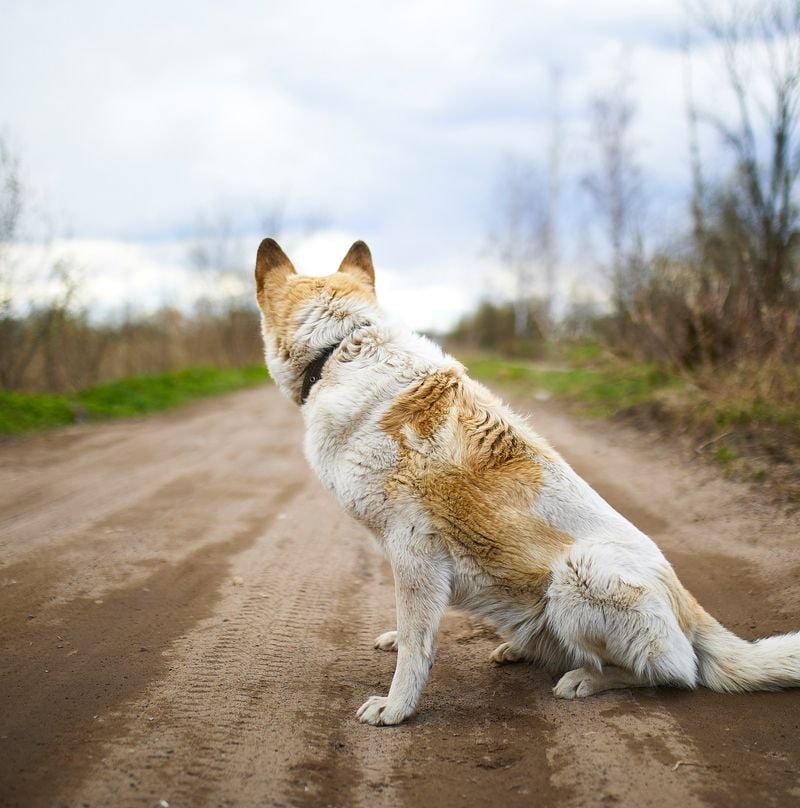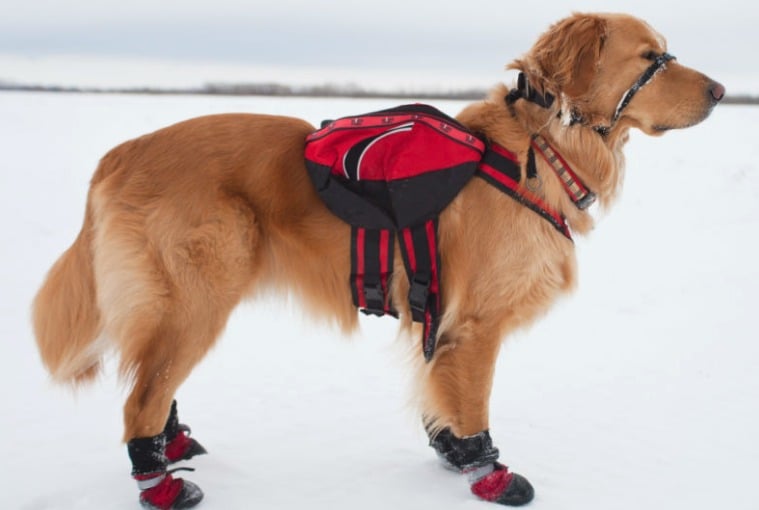10 Simple Rules of Loving an Emotionally Distant Dog
Not every dog wears their heart on their paw. Some pups greet you like you’re the sun and the moon combined.
Others? They offer a glance, a tail twitch, maybe even a dignified sigh from across the room—and that’s it. No fanfare. No zoomies. No dramatic displays of loyalty. Just quiet companionship, on their terms.
And if you’re the proud parent of one of these emotionally reserved canines, you know the experience is both beautiful and baffling.
You feed them, walk them, shower them with affection… and sometimes they look at you like you just interrupted a very important nap. It doesn’t mean they don’t love you. It just means they love differently.
This article is for anyone who’s ever questioned whether their dog actually likes them—or just tolerates them. Spoiler alert: they do love you, deeply.
But like people, some dogs are introverts, some are independent, and some simply don’t communicate affection in the ways we expect. That doesn’t make the bond any less real—it just makes it quieter.
Loving a dog who doesn’t always show it takes patience, humility, and a little bit of detective work. It’s about noticing the small things: the way they follow you from room to room without making a fuss, or how they lie near you during storms.
These are their love letters. So, if your dog’s love isn’t loud, this list is for you. Let’s uncover the quiet, tender, often-overlooked rules that come with loving a dog whose affection isn’t flashy—but is still fiercely loyal.
1. Respect Their Personal Space—Even When You’re Craving Cuddles
When your dog pulls away from a hug or shifts during a cuddle, it stings a little—but it’s not rejection. It’s communication. Some dogs value personal space the way we value a quiet moment after a long day.
Respecting those boundaries builds trust. It tells your dog, “I see you, I hear you, and I’m not here to overwhelm you.” It’s the foundation for a bond rooted in understanding, not force.
Over time, those brief moments of closeness will come on their terms. And when they do? They’re so much sweeter because they’re freely given—not taken.
2. Learn to Read the Quiet Signals
Some dogs don’t bark, lick, or jump to say “I love you.” Instead, they lean in slightly, lie nearby, or give you that soft glance while pretending they’re not watching. These subtle gestures are their love language.
Learning to read these quieter cues takes patience. But once you tune in, you’ll start to notice a symphony of affection playing out in whispers, not shouts.
It’s not about dramatic displays—it’s about presence, intention, and quiet loyalty that doesn’t need to announce itself.
3. Show Up Consistently—Even If They Don’t Always Acknowledge It
Your dog may not sprint to the door when you come home or wag their tail like crazy during playtime. But consistency is how they measure love. Your routine is their reassurance.
Being there for the walks, the feedings, the quiet evenings—it all adds up. Even when they don’t react, they’re watching. They know.
Eventually, your reliability becomes their comfort zone. And that’s a deeper kind of connection than any trick or tail wag could offer.
4. Don’t Take Rejection Personally
It’s easy to feel hurt when your dog avoids pets, pulls away during a snuggle, or seems indifferent to your affection. But their reactions aren’t about you—they’re about their comfort and needs in that moment.
Dogs, like people, have moods. They may feel overstimulated, tired, or anxious, and prefer solitude over closeness. That doesn’t mean your love isn’t appreciated—it just means they need a breather.
Loving a reserved dog means embracing their signals without internalizing them. Their need for space isn’t a verdict on your bond—it’s part of it.
5. Celebrate the Small Wins
If your dog follows you into the kitchen, rests their head on your shoe, or simply chooses to nap nearby—that’s affection. For a dog who doesn’t gush with emotion, these quiet actions are monumental.
The small moments—a subtle tail thump, a single lick, a head tilt when you talk—are their version of shouting love from the rooftops.
When you start celebrating the little things, you realize your dog has been speaking volumes all along—you just had to listen differently.
6. Let Go of the Instagram Ideal
Not every dog is a cartoon character with heart eyes and endless cuddles. Social media is full of golden retrievers in flower crowns, but that’s not the standard for love—it’s just a performance.
Your dog may never pose or play fetch on cue. They may never look at you like you’re their entire world. But that doesn’t mean your bond is any less valid.
Letting go of those curated expectations allows you to appreciate the real, raw, beautifully subtle relationship you actually have.
7. Speak Their Language, Not Yours
We often express love through hugs, kisses, and constant attention. But many dogs—especially the reserved ones—don’t enjoy that kind of intensity. Instead, they show love through shared routines and calm companionship.
Watch what your dog naturally gravitates toward. Do they love a quiet walk? A specific toy? Lying by your feet during dinner? That’s your window into their world.
The more you meet them where they are, the more they’ll let you in. Speak their language, and you’ll start to understand their version of “I love you.”
8. Protect Them Without Smothering
Dogs that seem emotionally distant often have heightened sensitivity to their environment. They notice more than they let on—and rely on you for silent security.
Being their protector doesn’t mean hovering. It means creating an atmosphere of calm, advocating for them in overstimulating situations, and reading the room before introducing strangers or sudden changes.
By offering stability without suffocation, you become their safe space—a role that’s far more powerful than being the center of their attention.
9. Remember That Loyalty Doesn’t Always Wear a Smile
Your dog might not lick your face or wag with abandon, but that doesn’t mean they’re indifferent. In fact, many reserved dogs are some of the most deeply loyal companions around.
They show it in protective body language, in choosing to sleep near you, in keeping a watchful eye without fanfare. It’s a quiet kind of devotion—but fierce nonetheless.
You may not see fireworks, but that constant, steady presence beside you is love—just without the glitter.
10. Give Them the Freedom to Be Themselves
Loving a dog who doesn’t always show affection means letting go of who you want them to be—and embracing who they are. Not every pup is built for belly rubs and slobbery kisses.
Trying to force affection or coax them into being someone they’re not only creates discomfort. But allowing them the space to exist authentically? That builds unshakable trust.
When you stop chasing their love and start honoring their boundaries, something magical happens: they meet you in the middle—on their terms, in their time.


